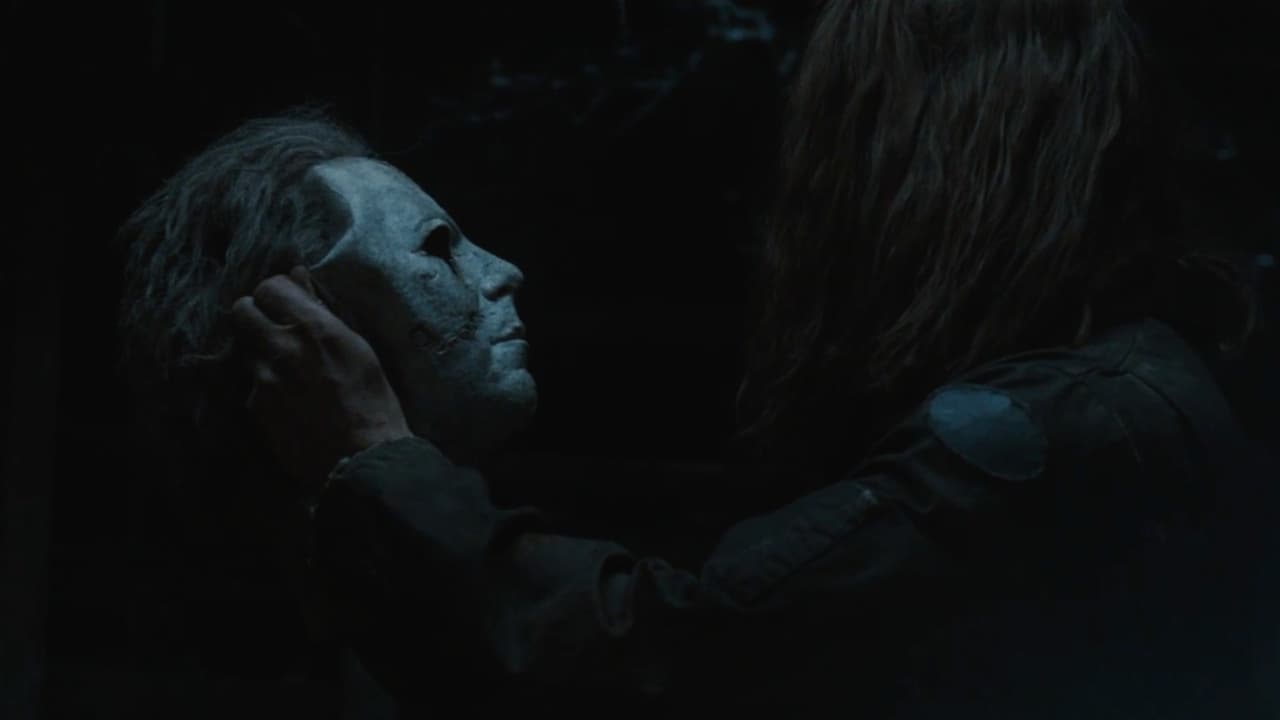The film’s first act is simply a huge version of the 1978 classic’s opening scene; following Michael Myers as a child through his first murder(s). Though many people found this tedious and far too drawn-out, personally I relished the opportunity to get more than a half a minute of character-development on the antagonist. In fact, we don’t only get to see Michael growing up and being arrested, the film then goes on to show us his evolution in a mental asylum. Once again, I know that was less than appreciated by quite a number of people who saw the film, but I find the sequence fascinating every time I watch the movie. Things like the relevance of the mask and kitchen knife are explored more deeply than the original, and the brutality of the character of Michael Myers is more striking. Though this is not considered good to hardcore fans of the silent bogeyman-characteristics from the original.
The protagonist of the piece is a character by the name of Laurie Strode, just as she is in the John Carpenter version, and she has two similar off-siders as the original (one of whom is portrayed by Danielle Harris of Halloween 4 & 5 fame). Where the film does not advance in comparison to its predecessor is the dialogue between these three characters. They use virtually identical language to that of the 1978 film, which felt outdated and artificial even then (I can only hope that this was an intentional throwback by Mr. Zombie).
The Ahab to Laurie Strode is Doctor Loomis, Michael Myers’ psychologist, acted by the consistently fantastic Malcolm McDowell. I believe it is his performance that makes me appreciate Rob Zombie’s remake so much. He steals every scene he is in with his overwhelming presence, particularly in the Zone 2 theatrical version of the film (which to my knowledge is unfortunately not available in Australia).
Final rating:★★★½ - I really liked it. Would strongly recommend you give it your time.
